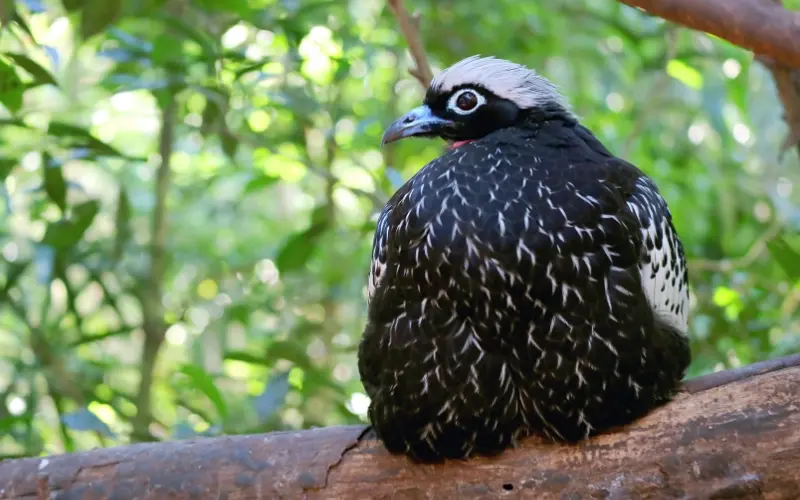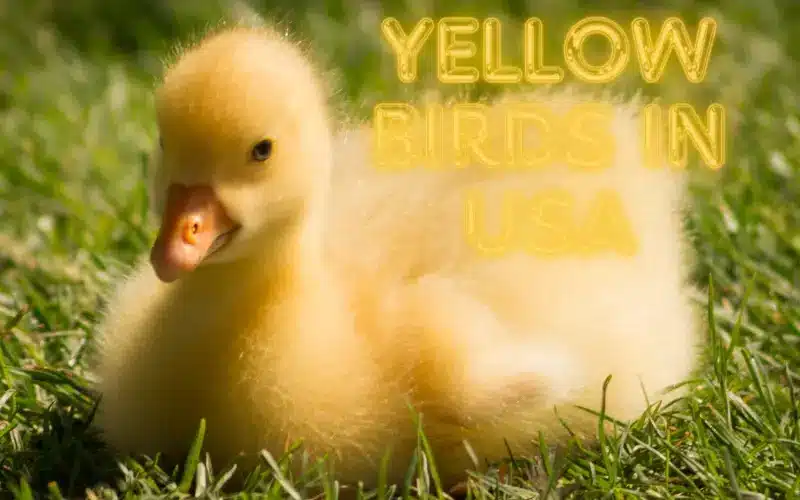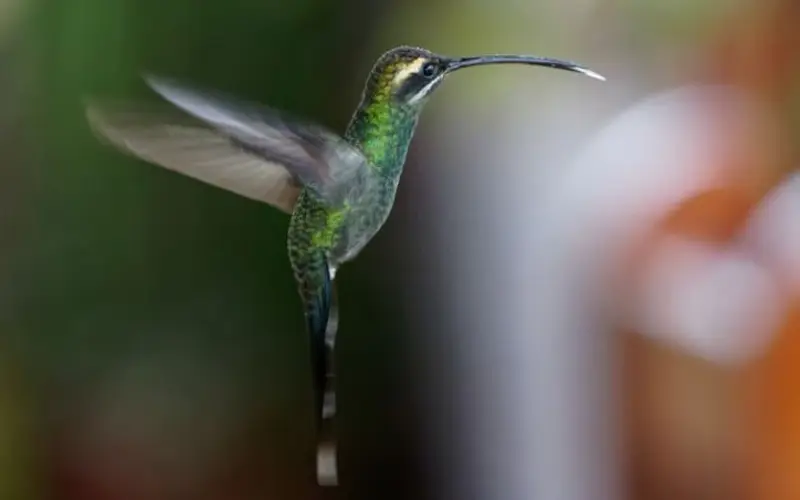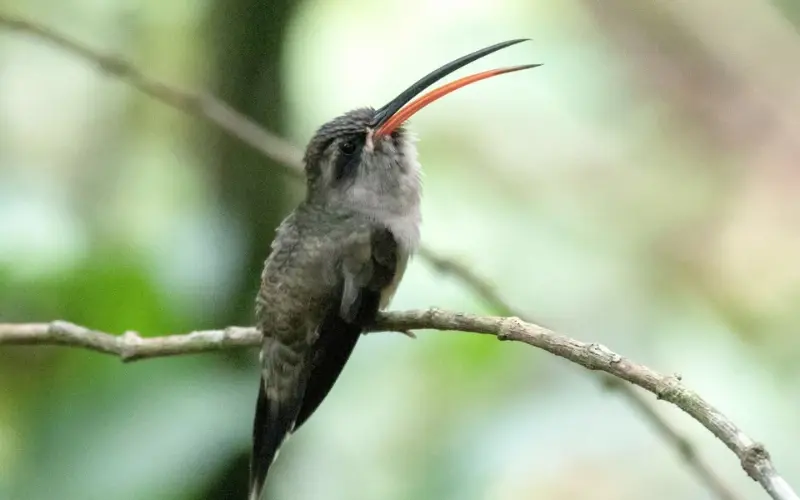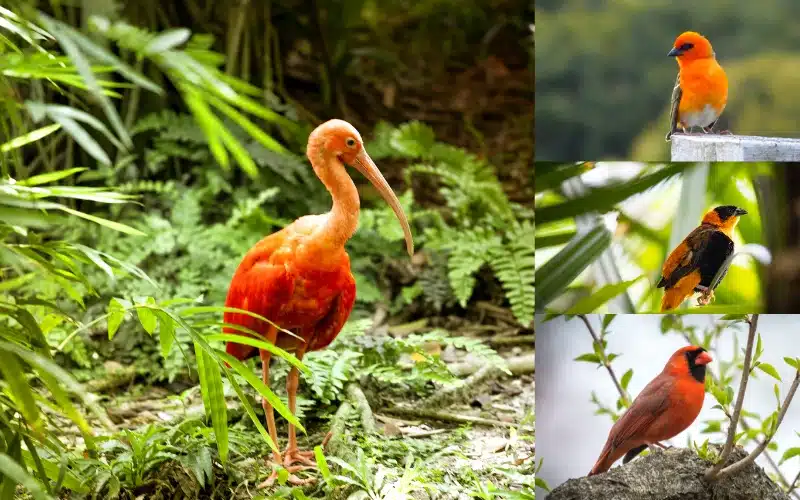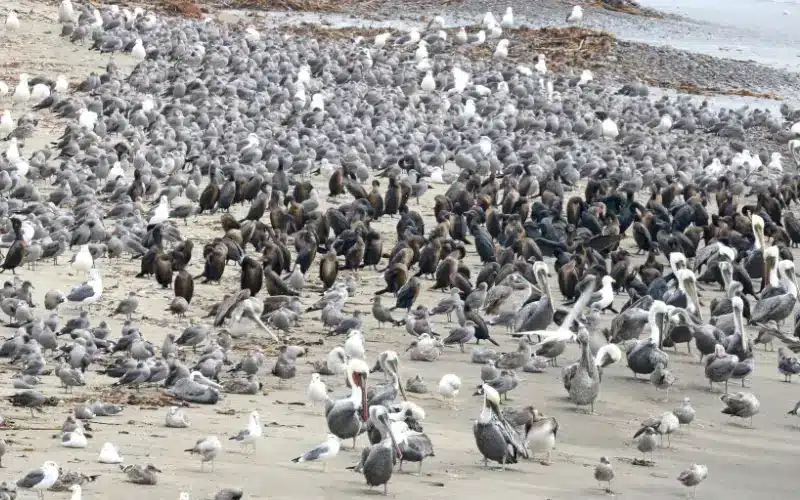Cracidae birds, including chachalacas, guans, and curassows, can be found in the wild primarily in Central and South American forests. Here are some specific regions and habitats where you’re likely to encounter these fascinating birds:
In some Forests, you can find Cracidae Birds in the Wild
- Tropical Rainforests: Cracidae thrives in the lush canopy of tropical rainforests, where they can find abundant food sources such as fruits, seeds, and insects. Countries like Brazil, Peru, Colombia, and Ecuador are home to diverse populations of Cracidae species.
- Subtropical Forests: In addition to tropical rainforests, Cracidae also inhabit subtropical forests, which offer similar environmental conditions and biodiversity. Regions such as the Atlantic Forest in Brazil and the Chocó-Darién region spanning Colombia and Panama are known for their rich avian diversity, including various Cracidae species.
- Deciduous and Evergreen Forests: Cracidae birds can also be found in deciduous and evergreen forests across their range. These habitats provide a mix of food resources and nesting sites for Cracidae species. Countries like Mexico, Guatemala, and Honduras have diverse forest ecosystems where Cracidae birds are present.
- Protected Areas and Reserves: Many Cracidae species inhabit protected areas and reserves established to conserve biodiversity and wildlife. National parks such as the Amazon Rainforest in Brazil, Manu National Park in Peru, and Yasuní National Park in Ecuador are important habitats for Cracidae birds and other wildlife.
- Riverine Forests and Riparian Habitats: Some Cracidae species, such as certain guan species, are associated with riverine forests and riparian habitats. These areas, characterized by the presence of rivers and streams, provide important foraging and nesting opportunities for Cracidae birds.
When exploring these habitats in search of Cracidae birds, it’s essential to respect local regulations and guidelines for wildlife viewing and conservation. Hiring local guides with expertise in birdwatching can enhance your chances of spotting these elusive and captivating birds while minimizing disturbance to their natural habitats.


